Deep Read:
Creating the world’s most sustainable highway
What technologies will transform the transportation infrastructure of the future?…... →
For general enquiries please contact us on
+44 1223 248888
enquiries2025@innoviatech.com
St Andrew's House, St Andrew's Road
Cambridge CB4 1DL United Kingdom
FIND US
Seven guiding principles for breakthrough innovation in sustainability...
We know we need to act to reduce the environmental impact of our businesses. We know we don’t have much time. Many companies have set bold sustainability targets for around 2030. They’re ambitious enough that we don’t yet know how we’ll achieve them, so we need to start now. It’s an exciting time to be an innovator!
Innovation in the commercial context is often defined as “something new that creates value”. That definition will continue to serve the innovation community well if we think broadly and creatively about that simple word – “value”. We need to focus on creating longer-term value for a broader range of people. And we need to go beyond measures of growth and consumption and focus more on our real needs as humans. We believe that companies that do this successfully will also find sustainable value on their bottom lines.
I’ve sometimes wondered whether there were more exciting times in history to be an innovator. The start of the computing era or the space race perhaps. Now we all spend at least some of our time optimising the smaller things in life… the seal on the pack, the fragrance of the detergent, the crunch of the crisp. Don’t get me wrong, these little touches add up and make life better for billions of people. But we now need to innovate as if the planet and its inhabitants depended on it. It’s a core part of Innovia’s mission for the next decade, and a part that we find hugely energising.
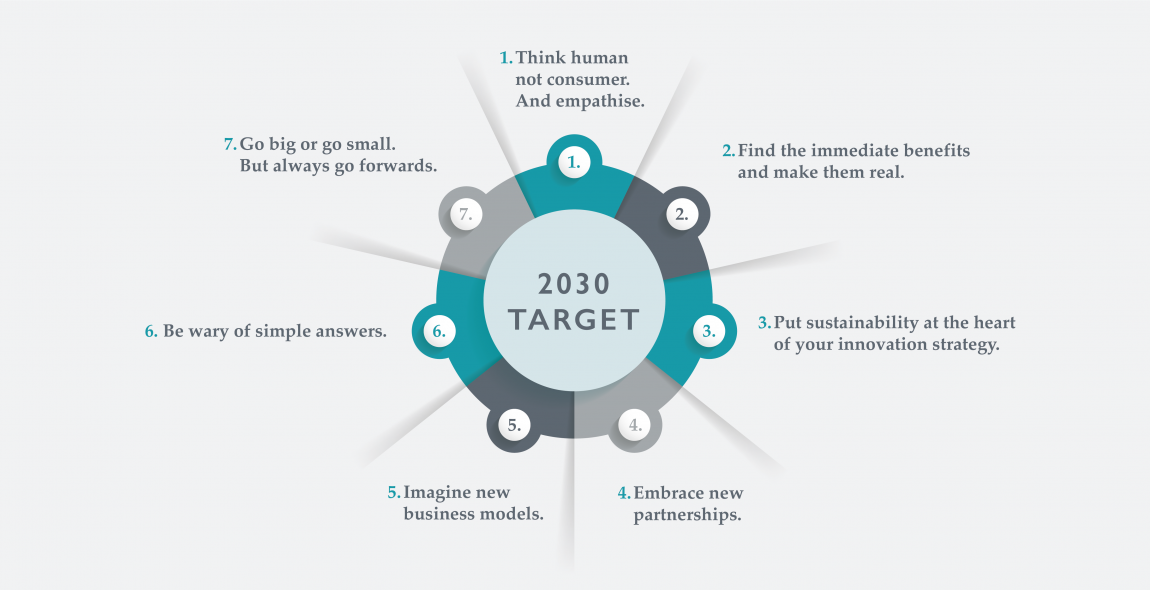
But this article isn’t about setting a grandiose vision or making the case for change – that’s been done well many times by many others. Doughnut Economics by Kate Raworth is one of our favourite books on the subject.
Here we’d like to offer a few practical tips, guiding principles and ideas to help you, as an innovator, play your part in making your business sustainable for the future. We hope you find them useful.
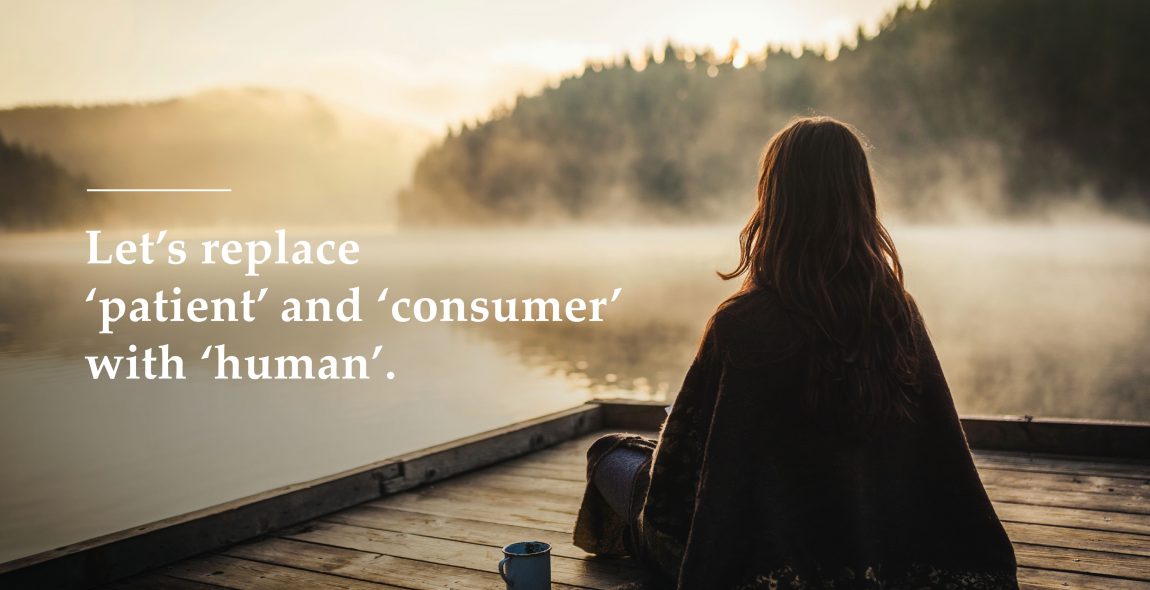
I once listened to a speaker and innovator from the consumer goods sector encourage the health and care sectors to replace the word ‘patient’ with the word ‘consumer’, in an attempt to be more human. But why do we use the word ’consumer’, with no sense of irony, as if our main purpose as humans is to consume?
Let’s think of our customers as humans, with many needs beyond the need to consume. One source of inspiration may be your brand’s stated purpose. These declarations often contain something about consumption – “To provide gear…”, “…with every sip and bite”. But they often also include aspects that aren’t about consumption – “To inspire and nurture the human spirit…”, “To power movements of sustainable and active lifestyles…”. These aspects of a brand’s purpose can guide us towards ways to create human value without just driving more consumption.
All good innovators have developed a deep sense of empathy that helps them to understand how people are feeling, and ultimately how they can help. Reframing consumers as humans helps us to empathise with a broader range of human needs. It helps us not to judge or moralise about the consumption choices people are taking, nor about people’s different perspectives on global environmental issues – we’re all connected to our own little corner of planet Earth and care about it in different ways. With empathy, we can focus on finding solutions to their human needs in a more sustainable way.
An example of great practise: Unilever’s Dove brand…about making beauty a source of confidence not anxiety, not just selling more soap.
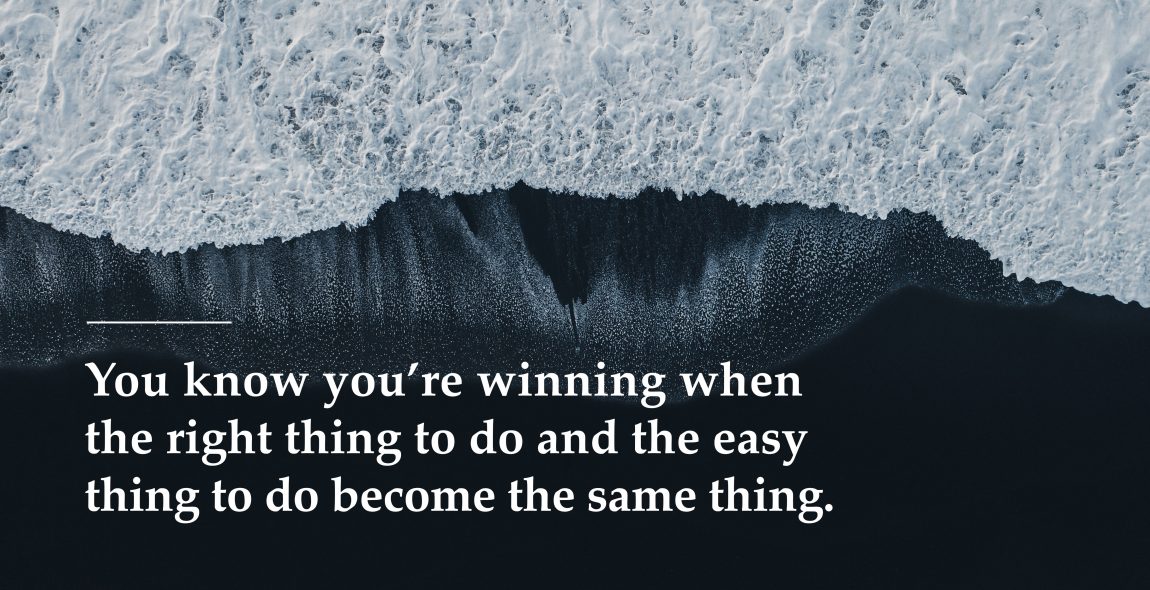
Humans don’t tend to be strongly motivated by long-term benefits. That’s why it’s so hard to persuade younger people to use wrinkle cream preventatively. But many environmental benefits are long-term, distant and somewhat altruistic. I could eat less meat and play my part in leaving a better climate for my grandchildren. And I really do care about my grandchildren. But the pleasure of tucking into that steak now is so much more real and immediate.
The good news though is that many (not all) environmentally-motivated behaviours and products have tangible shorter-term benefits too… or could with a little innovation. To stick with the diet example, a plant-based diet can be cheaper, healthier and tasty… but being a good cook really helps. Recipe box delivery services are helping to make plant-based diets more accessible and convenient, and training people to be better chefs.
What are the immediate benefits of recycling? Upcycling? Electric vehicles? Natural materials? Buying second-hand clothes? I’m sure you can think of a few… and you’ll immediately identify some barriers too. It’s an innovator’s challenge to find these benefits, break down the barriers, and make them real for people. You know you’re winning when the right thing to do and the easy thing to do become the same thing. That’s how we build a bridge to a more sustainable future that’s a pleasure to walk across.
An example of great practise: I have to go with Tesla for showing the world that electric cars can be really, really fast. There’s a lot more to Tesla’s story of course, but that’s definitely an immediate and real benefit.

Many companies have set their sustainability targets and formed a team to deliver them. But these teams are not always empowered to make the required changes. Sometimes the responsibility for ‘figuring out what to do about sustainability’ is a buck that gets passed around (typically with enthusiasm!) every 6 months or so.
But the scale of change required means that sustainability needs to be at the heart of all your innovation efforts – not only for new products or services, but in every aspect of how your organisation works. Not only should your new product push you towards your sustainability goals, so should the recycling bins in the canteen and the renewable energy powering your factories. And that’s not one team’s job!
When assessing your innovation pipeline, progress on sustainability metrics should be as important as the consumer human need, business case and technical feasibility. Often sustainability is seen as a nice to have, or something to be assessed after you’ve done everything else – but why not start from sustainability? If your new product had to drive to net zero, what would that mean for the business model and the technology? When companies have done this, they’ve tended to find ways to better serve their customers that they’d not even considered before.
Consider this… if your innovation strategy isn’t mainly about sustainability, what is it about that’s more important? Some sectors might have a strong answer to that… does yours?
An example of great practise: Interface’s Mission Zero – everything was driven by the bold sustainability goal. Along the way they identified cost savings, inspired product design, improved the product experience and engaged the community. They’re now moving beyond zero and making carbon negative carpet tiles.

Whilst some sustainability innovations can bring real brand value and align you with purpose driven consumers humans, many of the biggest sustainability challenges are about finding alternatives to the commodity workhorses of your business – those critical fuels, polymers, surfactants, oils and other materials. Or about developing new shared recycling streams. Or about making widespread and systemic changes to the way people wash, shop or travel. Few companies will be able to make a significant difference alone.
Where the entire industry needs to make a shift, and the basics need to change, collaboration rather than competition will be critical. New types of partnership will be needed – with direct suppliers and customers, players further along the value chain e.g. recyclers or miners, competitors, new entrants, non-profits and governments.
Working together can help everyone. If the whole industry needs a more sustainable solution, you’re very unlikely to succeed in developing and protecting it yourself to drive competitive advantage or product differentiation. So why not work together to do get there faster and better?
NGOs can be valuable partners rather than adversaries. Coalitions and consortiums can be a tide that raises all boats. Pro-actively establishing common standards and approaches can avoid a lot of confusing and disparate metrics and certifications. It gives the industry a common language, methodology and set of assumptions by which to measure progress.
But working with new partners to drive change isn’t easy. It requires flexibility and agility, and the ability to see the world from a different perspective. It might also mean getting comfortable with managing risk in a new way and with changing your processes or expectations around new innovation.
Some examples of great practise: Goodyear is bringing many parties together to blend novel raw materials into a more sustainable tyre. The Ray creates novel partnerships between the public, private and philanthropic sectors. Unilever partners with retail chains, innovates with scientific institutions and academia, takes leadership roles in industry organisations, works with dozens of NGOs, and much more.
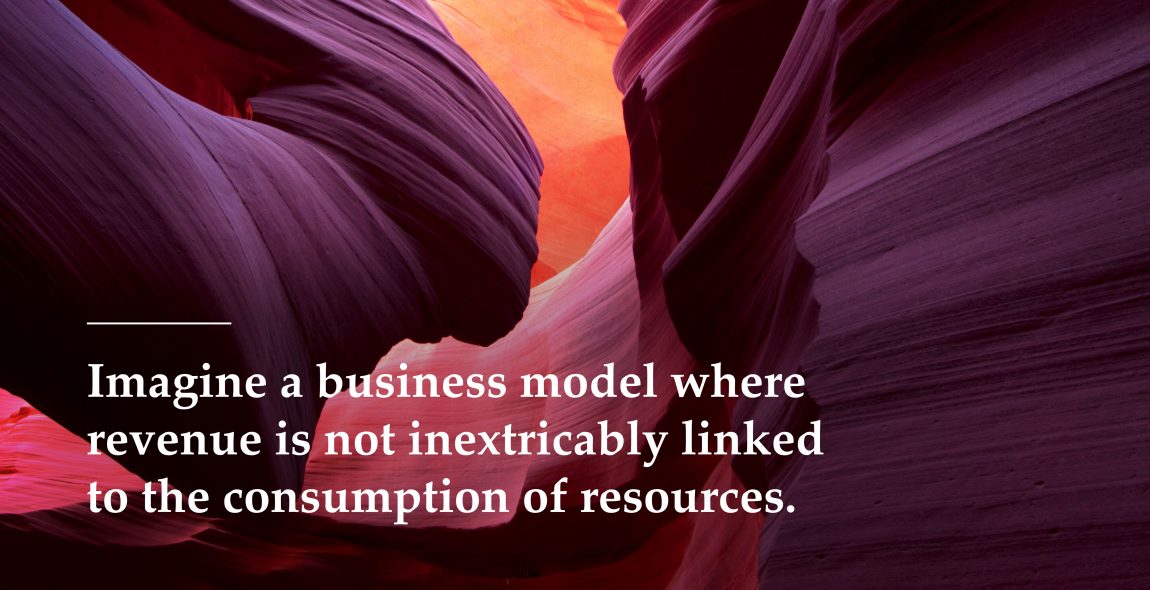
For most companies in the productive economy, their revenue is inextricably linked in some way to a one-way flow of materials and the consumption of resources.
But they often earn their profits in a different way. An airline isn’t just selling transport, it’s selling an experience. A hamburger chain isn’t just selling food, it’s selling an opportunity to reconnect with your teenage child. An apparel company isn’t just selling clothes, it’s selling a lifestyle.
This gives us hope that as we decouple revenue from resource consumption and rewire it to circular and sustainable flows of material and energy, we can do so in a profitable way. We can break that perpetual challenge of sustainability costing more and no one being prepared to pay for it. Perhaps they’re not, but we can provide some other value alongside a more sustainable option that they are prepared to pay for.
Rental and resale models can give consumers humans access to products at lower cost, declutter homes, and give you the opportunity to make money from each product more than once. Repair services can keep products in use longer, reduce total cost of ownership, and build brand loyalty. Experiences alongside products can deliver human value that’s not about consumption and provide new revenue streams. Sometimes a change to the cost structure can make a big difference, such as a clothing company that chooses to spend less on marketing and fast design cycles, and more on sustainable materials and labour.
It’s worth a caution though – new business models are not always more sustainable. Subscription models can work well for digital services (e.g. Netflix), but applied to physical products they can just drive more unnecessary consumption.
An example of great practise: VF’s entrepreneurial approach to entering resale markets with The North Face Renewed. Community Clothing’s dramatically different cost structure compared to the rest of the industry.
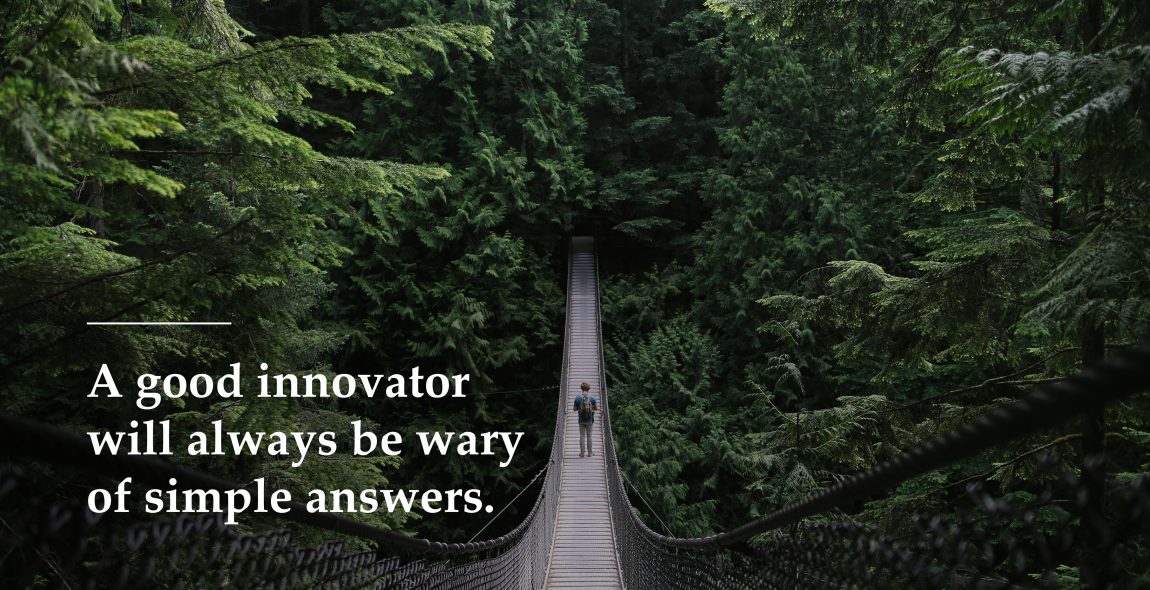
Understanding the sustainability impact of innovations can be complex and unintuitive. In fact it normally is, for three main reasons:
1. Which metric? What looks better on one environmental metric is often worse on another, and there’s no simple way to decide which metric to prioritise. If a switch to glass packaging reduces microplastic pollution, but increases carbon footprint, is it the right thing to do?
2. Complex interactions. Any change will typically come with a complex set of impacts and interactions up and down the supply chain. Food shipped from far away can have a lower carbon footprint than food grown locally in heated greenhouses, and plastic wrapping can significantly prolong the life of food, even when it doesn’t seem necessary (e.g. cucumbers). In particular the impacts of any bio-sourced or biodegradable materials always come with a long list of ‘it depends on’…. the composting conditions, agricultural practices, alternative land uses and much more.
3. The human factor. The impact of a change will usually depend on how people respond. When UK supermarkets switched to ‘bags for life’ it was not clear whether the total volume of plastic used would decrease – it all depended on how much people reuse the bags. And some people switched to much heavier paper bags for their fruit and vegetables.Will people really wash the anti-odour T-shirt less? How much of my carefully sorted recycling will really be recycled? And will people really home compost that biodegradable magazine sleeve?
Customers, regulators and NGOs are rightly demanding many things. Locally produced. Plastic-free. Bio-sourced. It can be tempting to jump to a quick solution. But a good innovator will always be wary of simple answers. They’ll think deeply and holistically about the most important metrics, the complexity of the interactions, and the human factor. And when they’ve developed a solution, they’ll present it to the world in a thoughtful way. Not as a perfect solution, but as a step in the right direction towards a target we can’t afford not to meet.
An example of great practise: We struggled to name a company that consistently gets this right, it’s so hard. The large beverage companies seem to be taking a much more sophisticated approach to their material choices after the early PLA bottles of a few years ago. We’d love to hear your thoughts here – who do you see getting this right?
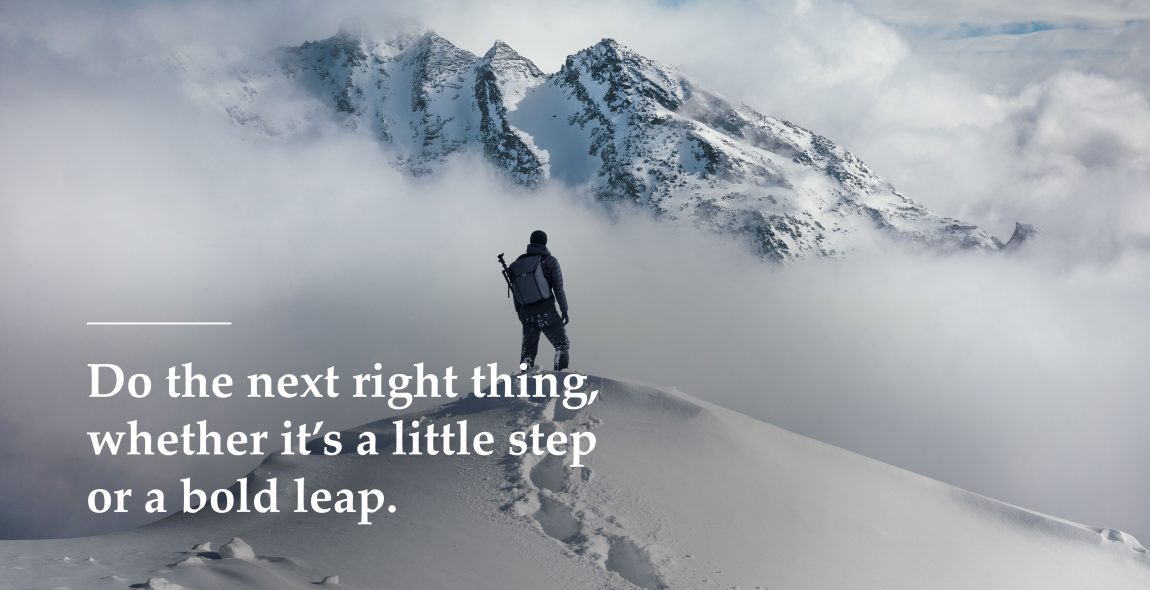
We sometimes see companies agonising over whether to launch a more sustainable but still imperfect product. Or over how to balance one environmental impact with another. Or over whether to launch that new business model that seems like a distraction from the core. These are tough decisions, and there’s no simple answer.
As innovators we’re all familiar with the principles of lean innovation and learning from ‘failure’. These principles will be critical as we innovate for a more sustainable future. Given how far we have to go in a short space of time we’d advocate a bias towards action. Do the next right thing, whether it’s a little step or a bold leap.
Bill Gates is attributed to saying, “Most people tend to overestimate what they can do in one year and underestimate what they can do in ten years.” Well many sustainability targets are about 10 years out, and we’re hoping it works out that way! It could do if we get started now. Let’s get started.
The targets have been set. The top priority for the innovation community this decade is to meet them. Start by reframing how you think about your ‘consumers’. They are humans, with many needs beyond the need to consume. Empathise with those needs. Humans are not well motivated by long-term benefits, so find the immediate benefits and make them real for people. Put sustainability at the heart of your innovation strategy. Is anything in your sector more important right now? As you redesign your business around circular flows of materials and renewable energy, you’ll need to partner with lots of new people in new ways. Think collaboratively as much as you think competitively. Imagine new business models. Expect both your revenue and profits to come from very different places in the future. It will be a long journey with many steps to take, and it will often be hard to decide on the next right thing to do. So think deeply and holistically and be wary of simple answers. Worry less about the size of the step, and more about making sure it’s a step forwards. With a bit of luck, all those steps will add up and at the end of the decade we’ll have surprised ourselves with how much we’ve achieved. And we’ll be remembered as the ones who made it happen.
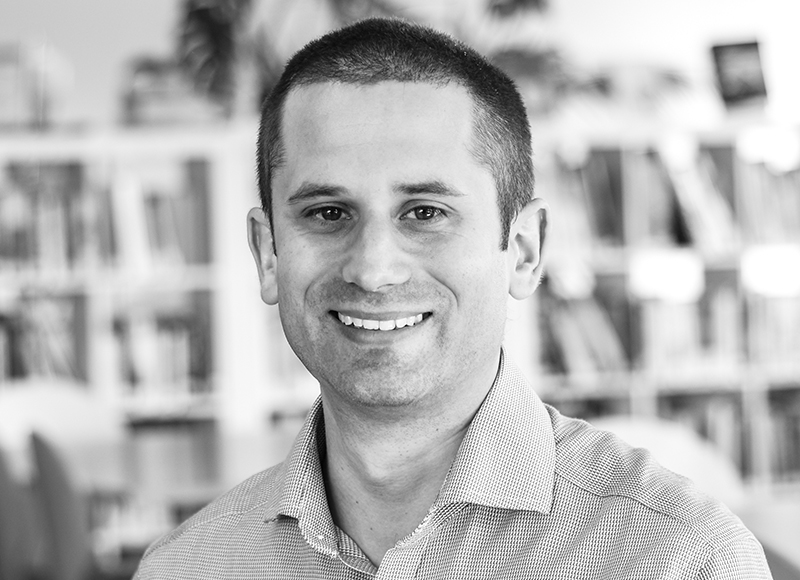
For Andy, this piece has been brewing for a while. As a Physicist he thinks natively about climate change, the renewable energy transition, the momentum of the wind and the energy of photons. His experience of innovating with chemists and life scientists helps him to understand why and how molecules and ecology matter too. His behavioural science colleagues give him hope that people can change their habits. And his work with leading clients in the apparel, medical devices, and sustainable transport sectors reassures him that the best of industry is also serious about change.
During lockdown he completed an MBA, reflected on multi-stakeholder capitalism and the implications of perpetual exponential growth, and developed a business plan for an online apparel retailer that’s circular from conception.
The pieces are all coming together. His mission now is to help direct everything that Innovia has learned about innovation, and the scale of its clients, towards meeting those ambitious and critical targets.
For Innovia too, the time has come. We’ve spent two decades working with the best companies in the world on their toughest innovation challenges. These have often been about some of the planet’s most pressing problems, and it’s that work that we’ve often found the most meaningful and fulfilling. We’ve just updated our mission statement to include helping our clients to ‘change the world for good’, as well as ‘outperform their competitors through breakthrough innovation’. We think those two things go well together. If they’re both important to you we’d love to make introductions.
apm_sustainability@innoviatech.com
Andy Milton – LinkedIn